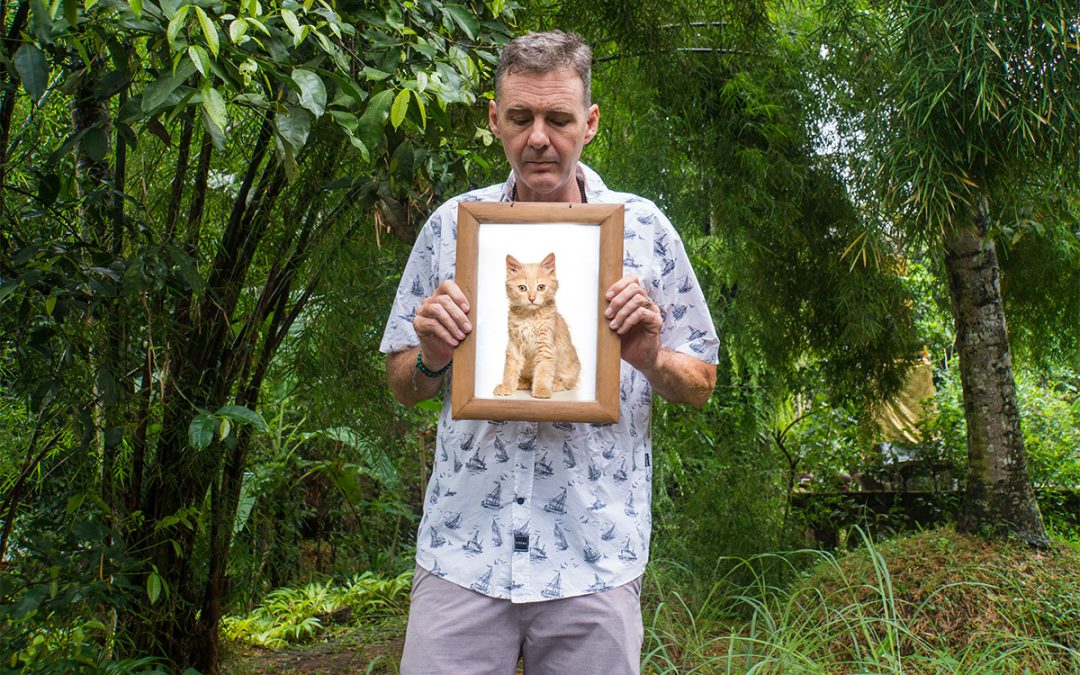‘Curiosity killed the cat’ – who came up with that one? Poor cat. And how did curiosity end up with such a zoophobian reputation? What’s more relevant to the discussion is ‘what killed curiosity’? And how do we bring it back to life – back into our lives and back into schools? Sir Ken Robinson says that ‘schools kill creativity’. If Google knows everything. If learning is evaluated as either ‘Yes or No’ with a percentage rating alongside it. If students are told what to learn. Then, schools are throwing a wet-blanket over the potential of curiosity. Albert Einstein summed it up nicely, “It is a miracle that curiosity survives formal education”.
The National Science Foundation reported (in 2017) that an average person has between 12,000 to 60,000 thoughts every day. 95% are repetitive thoughts and 80% are negative. What does the overload of repetitive and negative thinking do to the wellbeing of individuals and communities? How much of that 80% could be swung into a positive frame of mind simply through actively practicing to be curious rather than uncertain?
Change fatigue is real. We all have our change saturation points. The challenge for leadership groups – not just in schools, but in organisations of all types all over the world – is keeping a finger on the pulse of a community, and the cohort groups within, in terms of how much change we can cope with. More importantly, leadership is required to maintain focus on the bigger goals (and often find different ways to achieve them), support the development of skills and mindsets to help individuals and teams through times of change, and remain unerringly and authentically positive. Leaders need to be curious – but they can’t be uncertain.
Curiosity is just another human muscle that we need to exercise. To be curious is to be human. Curiosity defines our early years – yet, somewhere along the way, the awe and wonder in being curious about how our world operates morphs into uncertainty. I couldn’t imagine a more boring existence than if everything happened the way it was supposed to. Some of the coolest things to happen to me were because life took a turn, new questions arose, Plan B (and Plan C) became more likely, and I had no idea how things would work out – simply because I remained curious about the possibilities.
I remember learning a valuable lesson from one of my skippers. Sailing through some rough weather, my skipper said: “Freak out or chill out. You choose. Either way, we will drop anchor in paradise – the only difference will be how much fun you had getting there”. And, in life, the choice is always ours. Freak out or chill out. Be uncertain or be curious. When you select-all of the ‘uncertainty’ – and paste ‘curiosity’ over the top, the story changes significantly.
From uncertainty to curiosity requires a shift from ‘I’m worried about what might happen’ to ‘I wonder what might happen’; from ‘I’m uncertain if I can cope with what happens’ to ‘I know I have the skills and knowledge to navigate through whatever happens next’; from ‘not knowing is difficult’, to ‘not knowing is full of opportunities’. From ‘this sucks’ to ‘I will embrace this challenge’.
I know different places around the world are in different states of CoVid change. BCV (Before CoVid) the world, in hindsight, despite the crazy rollercoaster ride with the exponential change agents of technology, society and the environment, life was … simpler. In the past 10 months, Green School Bali has developed and implemented three different learning programs (and that’s not counting the plans that were developed but not delivered after another last minute pivot). We are all changing in response to change, again and again. As Educators, responsible for creating and managing the learning journeys of our communities, how we navigate through these times will depend on our mindsets – whether we sit in a place of love or a place of fear. Uncertainty or Curiosity … it makes a massive difference.

